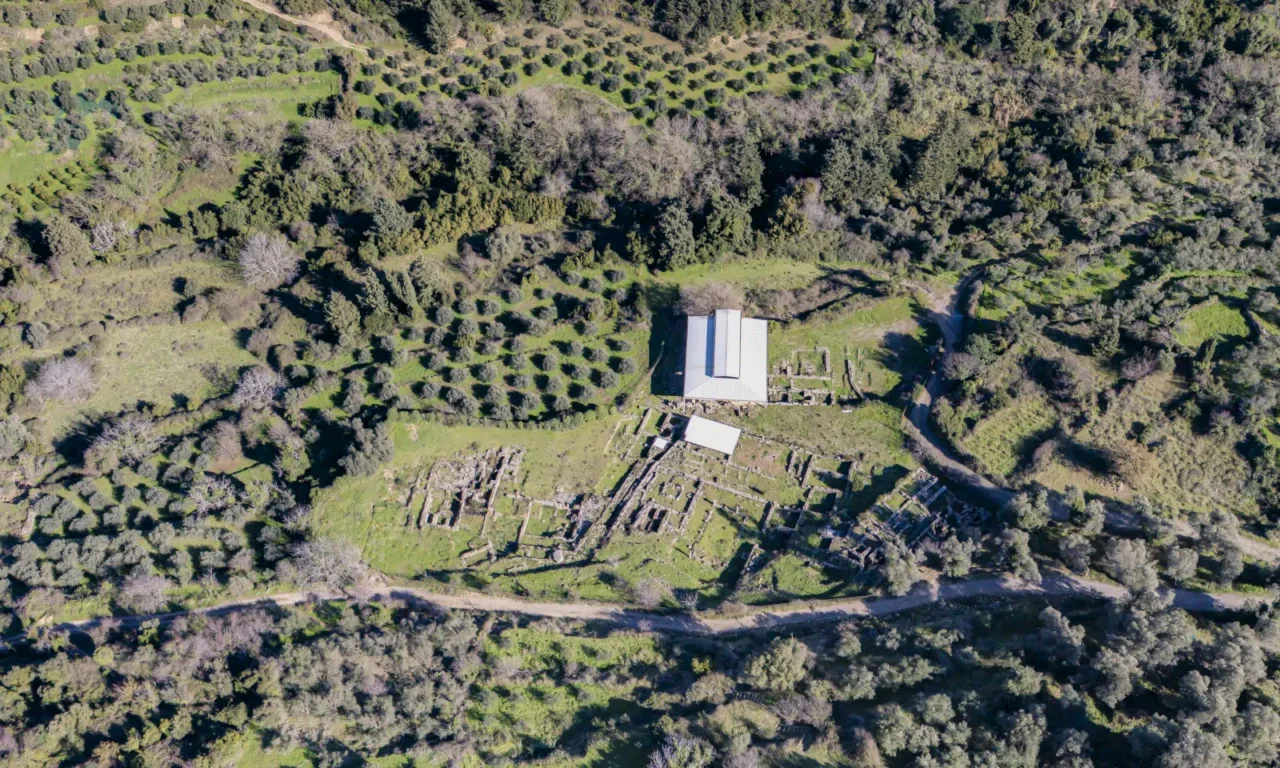
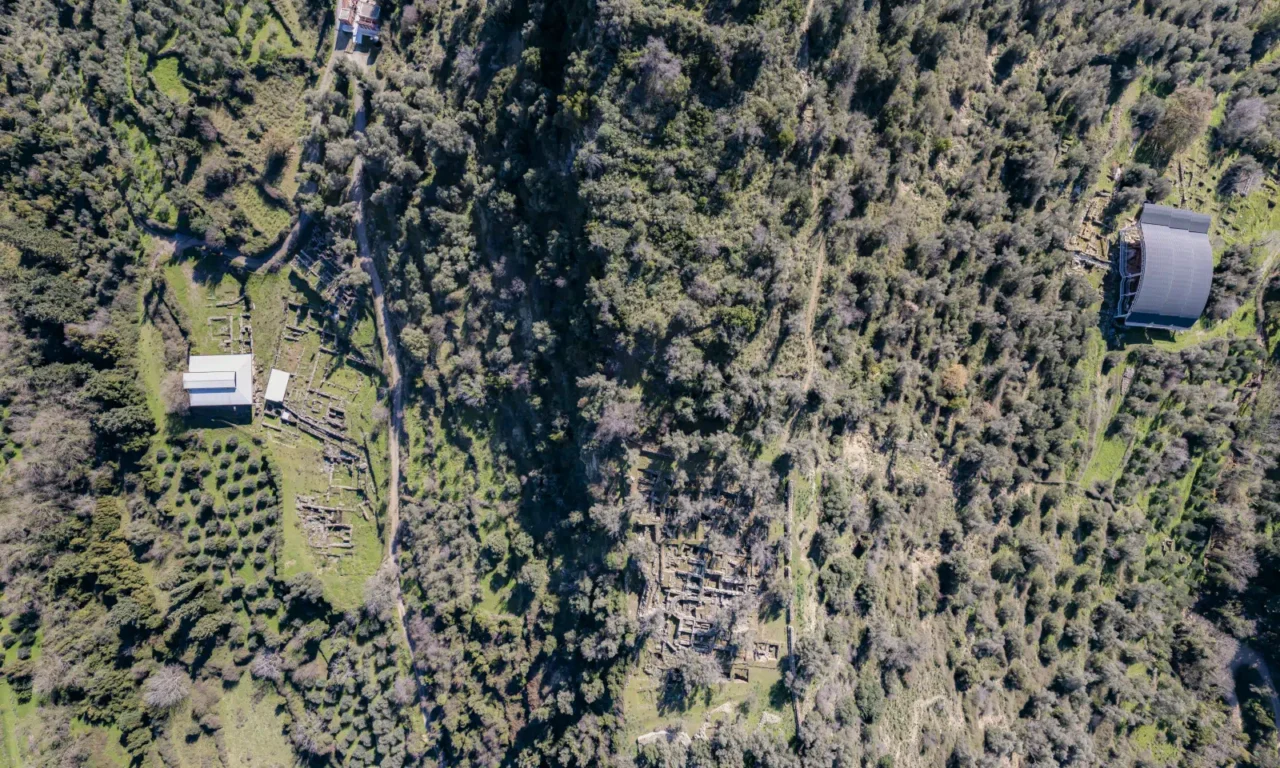
A Window into Minoan and Geometric Crete
The archaeological site at Katsivelos, situated near the modern village of Eleutherna on the island of Crete, presents a fascinating record of human activity spanning several crucial periods in the island’s history. Excavations at Katsivelos have revealed evidence of occupation from the Final Neolithic/Early Minoan (FN/EM II) period through the Geometric period, offering valuable insights into the evolution of settlement patterns, social organization, and cultural practices in this region of Crete.
Location and Setting
The Katsivelos site occupies a prominent position on a hill overlooking the valley of Eleutherna, strategically located near the confluence of two rivers. This advantageous position provided the site’s inhabitants with access to water, fertile land, and natural resources, while also offering a degree of defensibility. The site’s proximity to the ancient city of Eleutherna suggests that it may have played a role in the broader settlement network of the region.
Archaeological Investigations
Excavations at Katsivelos have been conducted since 1985 under the auspices of the University of Crete and the 13th Ephorate of Prehistoric and Classical Antiquities. These investigations have uncovered a wealth of archaeological material, including architectural remains, pottery, tools, figurines, and other artifacts. The stratigraphic sequence at the site provides a chronological framework for understanding the different phases of occupation and the associated cultural developments.
FN/EM II Period (c. 3000-2600 BC)
The earliest evidence of human activity at Katsivelos dates to the FN/EM II period. During this time, the site appears to have been a small settlement with rudimentary structures. The pottery assemblage from this period is characterized by coarse, handmade vessels decorated with simple incised or impressed motifs. These finds suggest a relatively simple way of life based on subsistence agriculture and animal husbandry.
Middle Minoan (MM) Period (c. 2000-1600 BC)
The MM period marks a significant increase in the intensity of occupation at Katsivelos. Architectural remains from this period include more substantial buildings with multiple rooms and courtyards, suggesting a more complex social organization. The pottery assemblage from this period is more diverse and sophisticated, with a wider range of forms and decorative techniques. These developments indicate growing social complexity and increased interaction with other regions of Crete.
Late Minoan (LM) Period (c. 1600-1100 BC)
The LM period witnessed continued occupation at Katsivelos, but with some notable changes. The architectural remains from this period suggest a decline in the scale and complexity of the settlement. The pottery assemblage also shows a shift towards simpler forms and less elaborate decoration. These changes may be related to broader socio-political developments in Crete during this period, including the decline of the Minoan palaces and the rise of new power centers.
Geometric Period (c. 1100-700 BC)
The Geometric period marks the final phase of occupation at Katsivelos. The archaeological remains from this period are relatively sparse, suggesting a small and scattered settlement. The pottery assemblage is characterized by geometrically decorated vessels, reflecting the broader artistic trends of this period in Greece. The eventual abandonment of Katsivelos at the end of the Geometric period may be related to the ongoing process of urbanization and the consolidation of settlements in the region.
Significance of Katsivelos
The Katsivelos site offers a unique perspective on the long-term development of human settlement in the Eleutherna region. The stratigraphic sequence at the site provides a continuous record of occupation from the FN/EM II period through the Geometric period, allowing archaeologists to trace the evolution of settlement patterns, social organization, and cultural practices over several millennia. The finds from Katsivelos also contribute to our understanding of the broader historical developments in Crete during these periods, including the rise and fall of the Minoan civilization and the emergence of the Greek city-states.
Site: Key Points
- Construction Period: Final Neolithic/Early Minoan II through the Geometric period (c. 3000-700 BC).
- Location: On a hill overlooking the valley of Eleutherna, near the confluence of two rivers.
- Dimensions: The excavated area covers a significant portion of the hilltop, revealing the remains of various structures from different periods.
- Historical Significance: Provides a continuous record of human activity in the Eleutherna region from the FN/EM II period through the Geometric period, offering insights into the evolution of settlement patterns, social organization, and cultural practices.
- Current Status: The site has been partially excavated and is not fully developed for tourism.
References
- Stampolidis, N. Ch. (Ed.). (2000). Eleutherna I: The Museum at Eleutherna. INSTAP Academic Press.
- Tsipopoulou, M., and Stampolidis, N. Ch. (Eds.). (2005). Eleutherna II: The City and its Territory. INSTAP Academic Press.
- Stampolidis, N. Ch. (Ed.). (2011). Eleutherna III: The Necropolis of Orthi Petra. INSTAP Academic Press.
- Themelis, Petros G. (1986). “Ανασκαφές Ελευθέρνης 1985.” Praktika tes en Athenais Archaiologikes Hetaireias, 149–169.
- Themelis, Petros G. (1987). “Ανασκαφές Ελευθέρνης 1986.” Praktika tes en Athenais Archaiologikes Hetaireias, 137–157.
- Themelis, Petros G. (1988). “Ανασκαφές Ελευθέρνης 1987.” Praktika tes en Athenais Archaiologikes Hetaireias, 101–120.













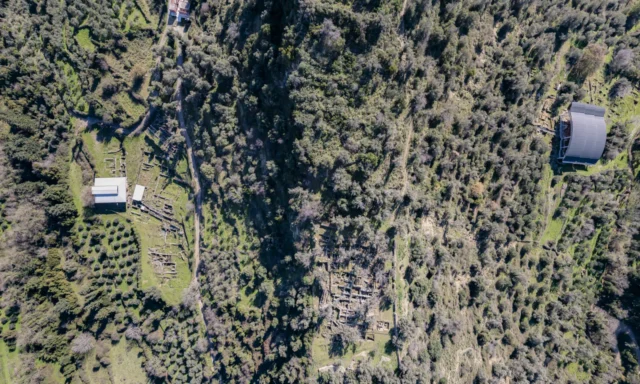

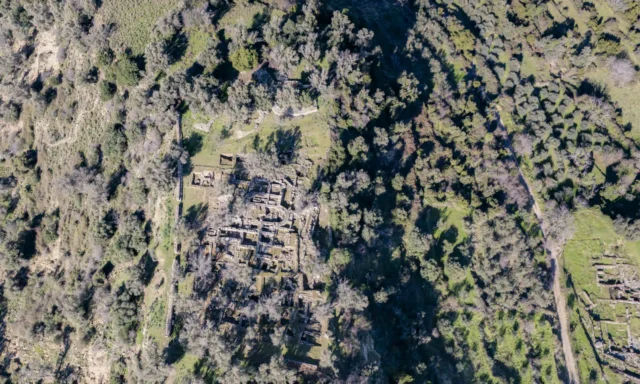

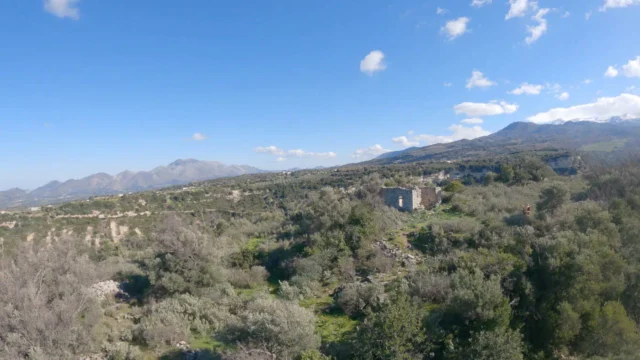

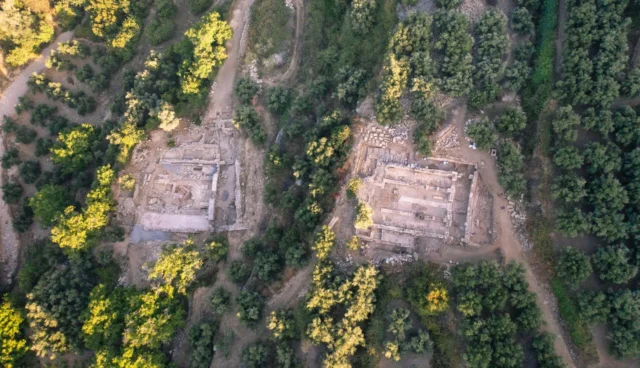

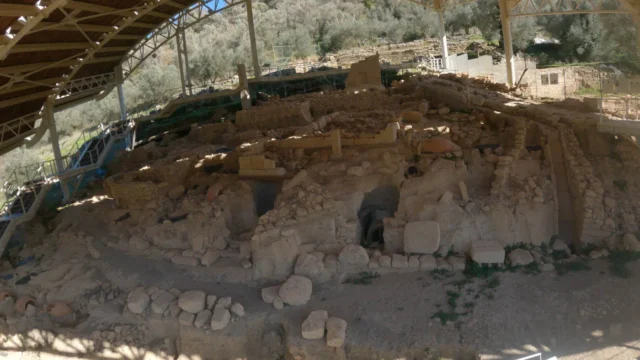
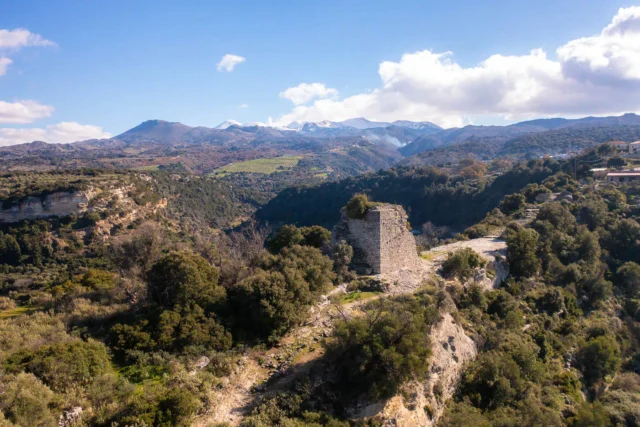
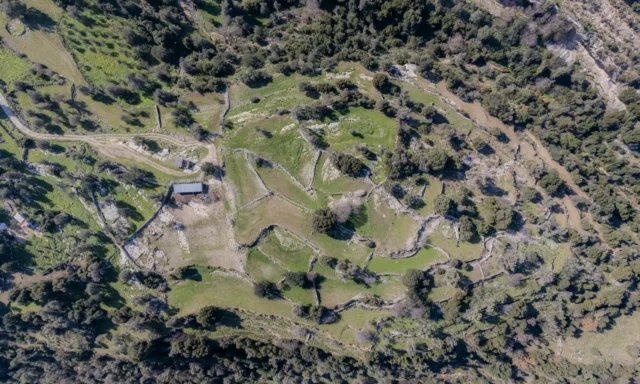

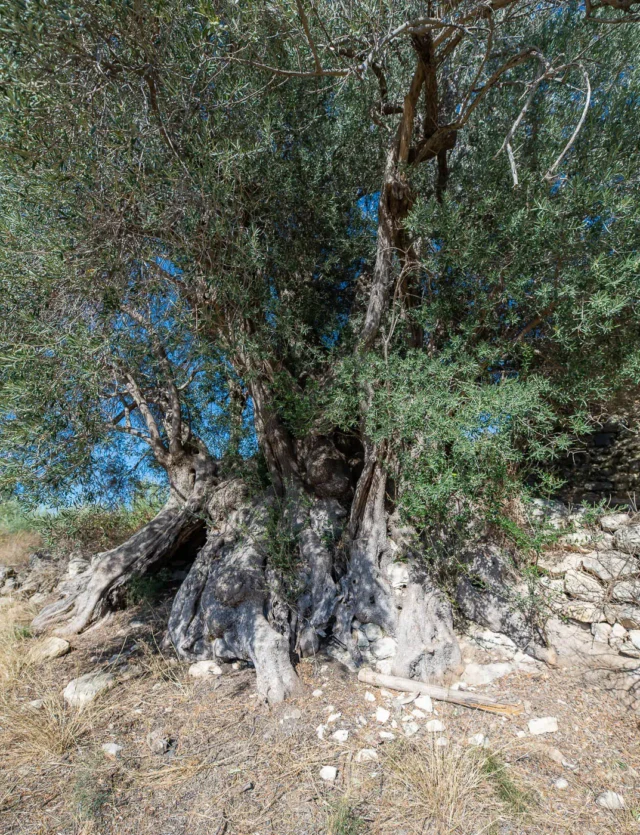
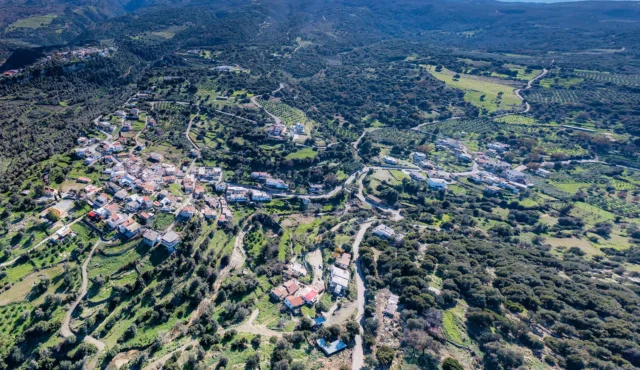

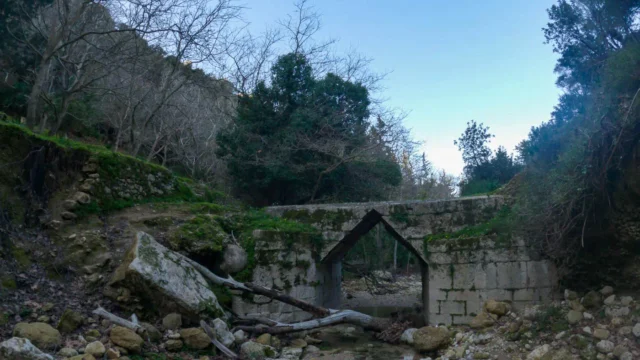
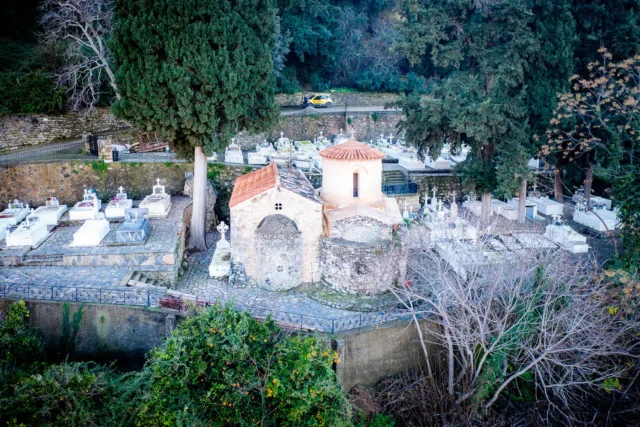
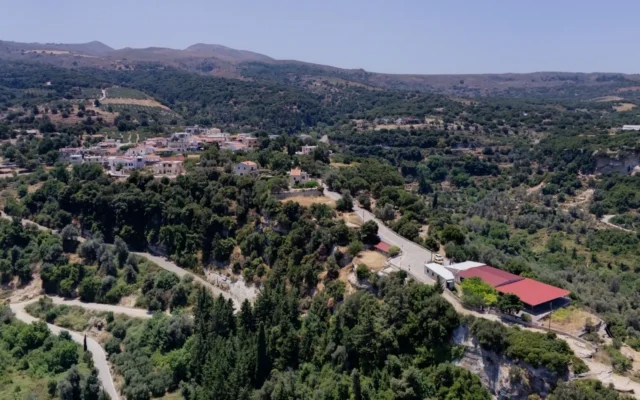
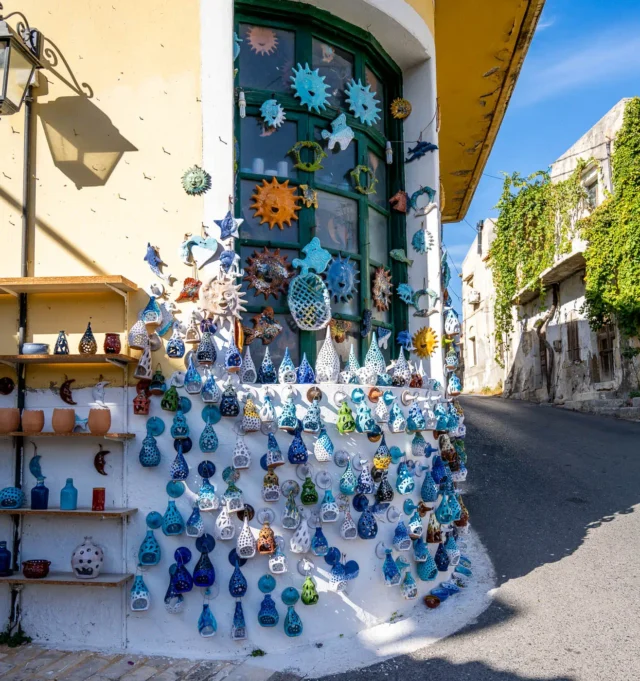


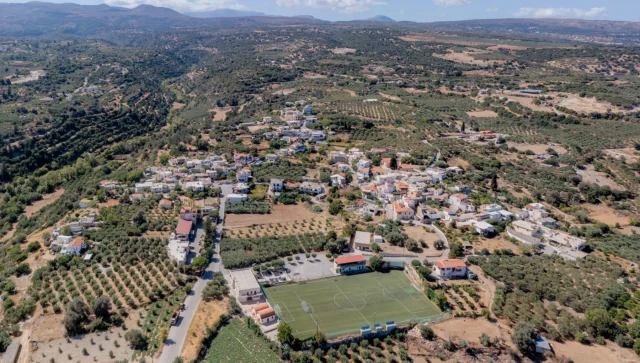
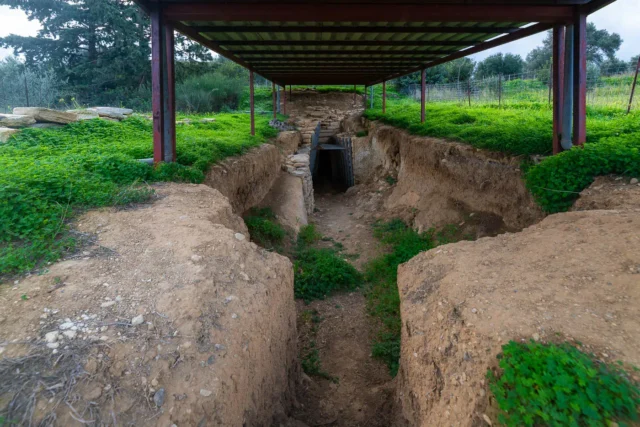


There are no comments yet.